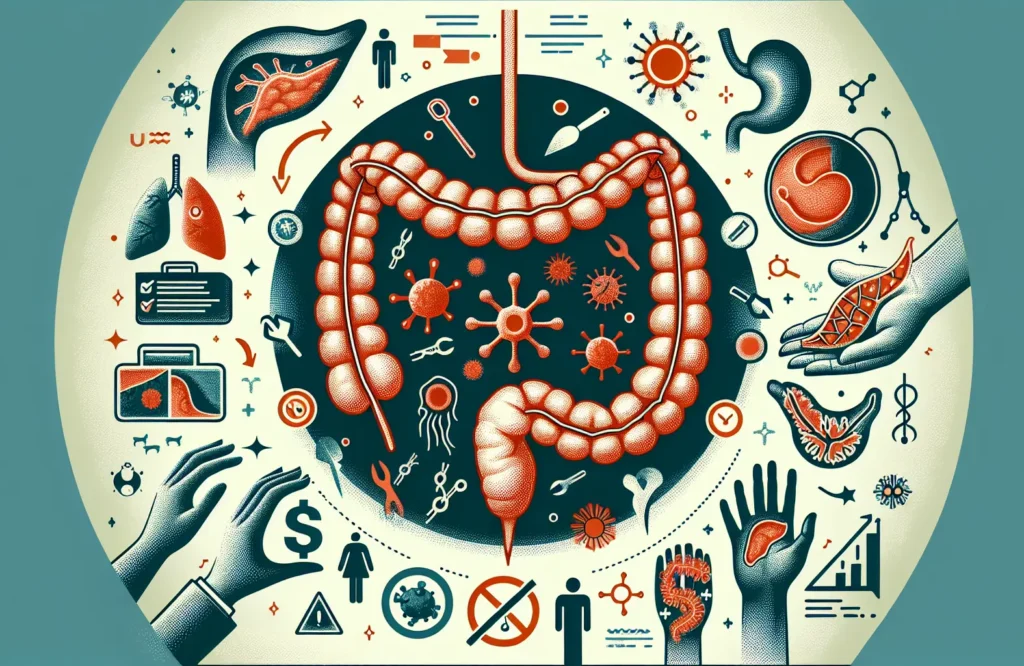
By CAFMI AI From JAMA
**Pathogenesis and Risk Importance:** Helicobacter pylori (H. pylori) infection is an established major risk factor for developing gastric cancer, a leading cause of cancer-related death globally. The bacterium promotes chronic inflammation of the gastric mucosa leading to a cascade of precancerous changes including atrophic gastritis, intestinal metaplasia, and dysplasia, which can culminate in carcinoma if untreated. Clinicians should understand that the risk is modifiable through timely detection and eradication of the infection. The burden of gastric cancer remains high globally, although incidence varies by region, with East Asia, Latin America, and Eastern Europe showing higher rates. This geographic variability underscores the need for targeted approaches to screening based on epidemiology. Recognizing H. pylori infection as a crucial modifiable risk factor offers a preventive opportunity rarely seen in cancer management, emphasizing the role of primary care providers especially in high-risk populations.
**Screening and Treatment Strategies:** Screening for H. pylori involves several diagnostic modalities including non-invasive tests such as urea breath tests, stool antigen tests, and serology, and invasive methods like endoscopic biopsy with histology or rapid urease testing. Among these, the urea breath test and stool antigen are favored for initial diagnosis due to their accuracy and patient acceptability. Population-level screening programs have been implemented in countries with high gastric cancer incidence showing beneficial impacts on reducing new cases. The standard treatment involves combination antibiotic regimens plus acid suppression therapy, typically a 14-day course of a proton pump inhibitor with two or three antibiotics selected based on local resistance patterns. Randomized controlled trials demonstrate that eradication therapy significantly reduces gastric cancer risk, particularly when given before the development of advanced precancerous lesions. However, challenges include rising antibiotic resistance, incomplete patient adherence to treatment, and the need for post-treatment confirmation of eradication. These factors must be incorporated into clinical decision-making to optimize outcomes.
**Clinical Implications and Future Directions:** For U.S.-based clinicians, it is critical to consider patient risk factors such as ethnicity, family history, and geographic origin in deciding whom to screen for H. pylori. The cost-effectiveness of universal screening remains debated in low-incidence regions like the United States, suggesting that targeted screening of high-risk groups may be more appropriate. Counseling patients about potential benefits and harms—including antibiotic resistance and test accuracy—is essential for shared decision-making. Moreover, follow-up protocols should ensure confirmation of eradication and monitor for gastric lesions in those with prior precancerous changes. Integration of screening and treatment within primary care workflows can enhance detection and management of infection. Future research is warranted to develop improved diagnostics, overcome antibiotic resistance strategies, and refine risk stratification to maximize prevention efforts. Overall, systematic screening and eradication of H. pylori represent a promising strategy to reduce gastric cancer incidence, improve patient outcomes, and reduce healthcare burden globally when thoughtfully implemented.
Read The Original Publication Here